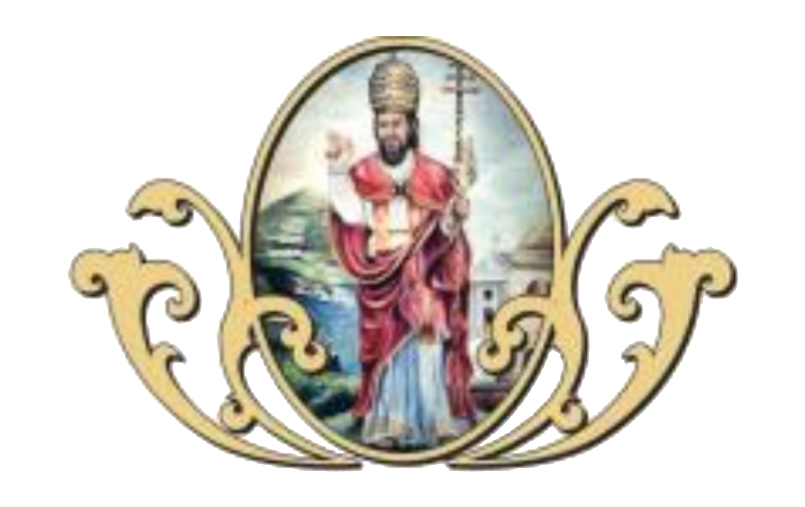
About San Silverio
Not a great deal has been written about the life of St. Silverio, patron saint of the island of Ponza. But what has been written, describes him as a humble man who suffered from the political and social turmoil, wars, sieges, and bitter controversy of his era. Silverio was born around 480 AD. Within the church hierarchy at this time, those in power were determined to reach the top with no regard for the consequences.
Silverio was appointed Pope in June 536 AD. There was strong opposition from Vigilius, a deacon, who had a burning desire to become pope and his supporter, Theodora, an empress. Theodora strongly supported the idea of Vigilius becoming pope. It is believed that she offered him a substantial bribe if, as pope, he would reinstate Bishop Anthemis to Constantinople. She even went so far as to write a letter to General Belisarius asking him to make Vigilius the pope. She gave the letter to Vigilius for his journey from Constantinople to Rome. However, Vigilius's arrival was too late. By the time he arrived in Rome, Pope Silverio had already been appointed.
Theodora, disappointed that Vigilius would not become pope, vowed that no matter who was pope, she would get her wish granted. She wrote to Pope Silverio saying that the church in the Eastern Empire was in chaos and asked if he would come to restore order. She also asked that if he could not make it, that he act at once and restore Bishop Anthemis (her friend) to office.
Pope Silverio refused her proposal to go to Constantinople, and said that he could not reassign Anthemis to office because he had been declared a heretic by the church. It has been said that Pope Silverio remarked that by opposing Theodora's request he was actually signing his own death sentence. Infuriated that her wish had not been obeyed, Theodora vowed that she would have Pope Silverio deposed.
Shortly after, Theodora began her plot. Vicious rumors were being spread that Rome was in a chaotic state. Public accusations were made that Pope Silverio was betraying the citizens of Rome by delivering them into the hands of the Goths.
As a result, Pope Silverio was captured and carried away to Patara (Lycia) in Asia Minor. The very next day, Vigilius was named pope. Pope Silverio was summoned to return to Rome for questioning. Out of fear that the truth would prevail, Vigilius's supporters intercepted and captured Silverio once again. He was then sent into exile to the island of Ponza. His life ended there very shortly afterwards from the treatment he received.
Different tales have been told about the cause of death of Pope Silverio. The story remains that in November of 537 AD, he died of starvation. St. Silverio is honored as a martyr because he died from the evil of other's greed. June 20, the feast of St. Silverio, commemorates his ordination as Pope. It is celebrated not only by the Ponzese in Ponza, but by all of those who believe in the life and miracles of the man who has so many times been described as a "lamb among wolves".

